Striking Harmony in this Historic Home Remodel
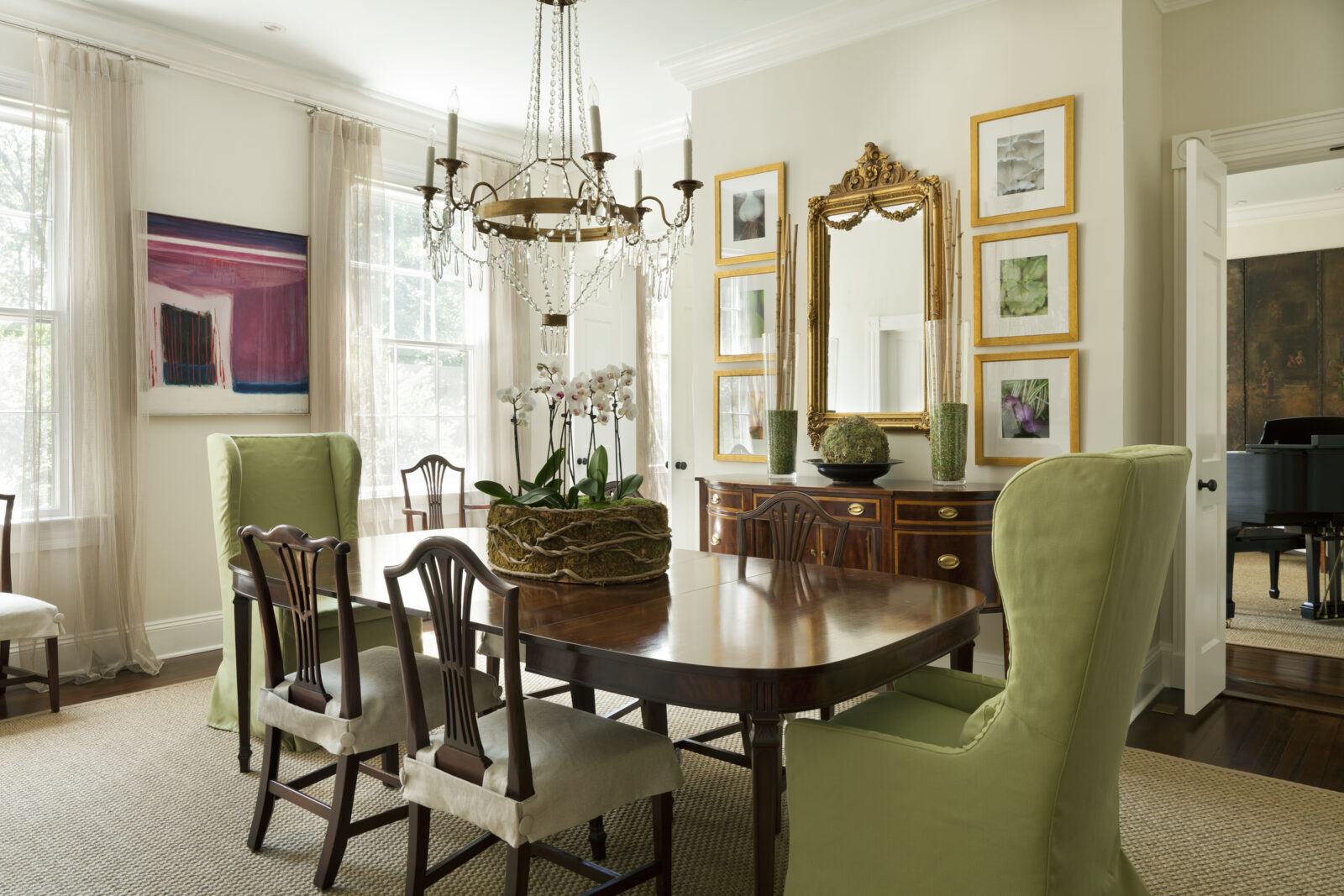
Striking Harmony in this Historic Home Remodel
Written by Heidi Baumstark
Photos by Gordon Beall Photography
A designer’s eye sees what others miss. And an old Virginia farmhouse caught the primed eye of Susan Noble Jones, interior designer and owner of Noble Design.
On the hunt for an historic home, she spotted “Grafton” — a circa 1818 Federal-style house in northern Fauquier County — purchased it in 2010, and remained committed to its careful renovation while introducing modern elements. As award-winning interior designer Charlotte Moss says, “There are two things that make a room timeless: a sense of history and a piece of the future.” And that’s just what Susan did in retaining Grafton’s historical charm while adding fresh touches for a lasting marriage of promising style and intrigue around every corner.
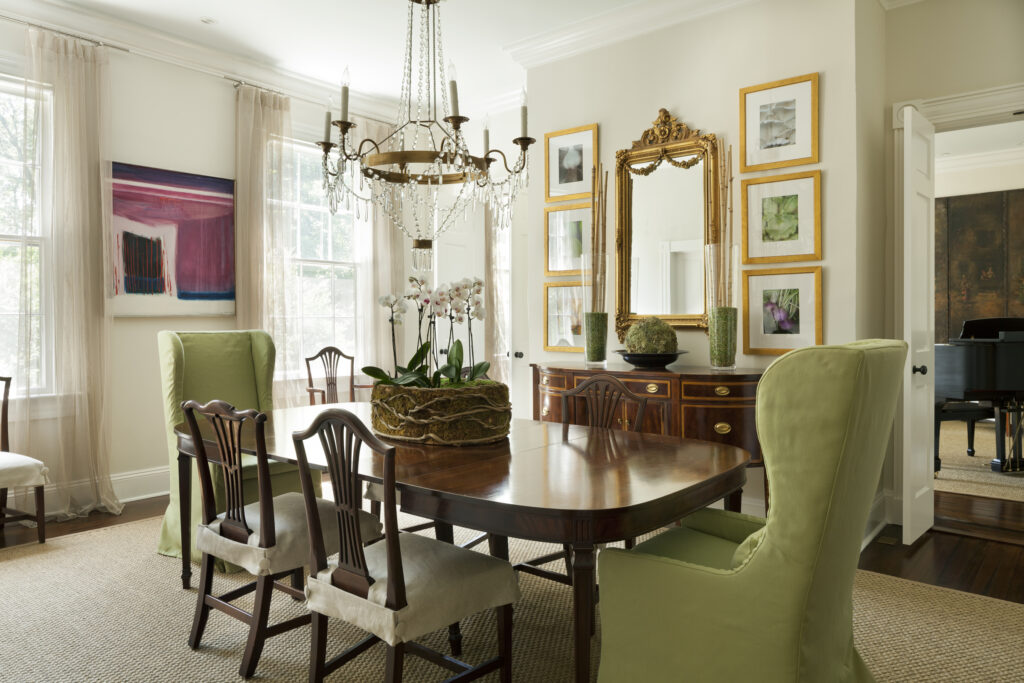
Susan earned a Bachelor’s of Fine Arts in design from the University of Mississippi and worked under designers in Atlanta before returning to Mississippi in 1987 to start her own business. Her work has been published in magazines such as Southern Living, House Beautiful, and New Orleans Magazine. For Grafton’s redo, Dudley Cannada — an architect working in D.C.’s Georgetown and New England’s Martha’s Vineyard — was hired to plan a gut renovation of the 4,800-square-foot house, including new HVAC, plumbing and electrical systems while preserving its 19th century character and original footprint on 25 rolling acres in Marshall.
When she discovered Grafton, Susan and her husband, Robin Jones, were living the city life in D.C.’s Georgetown neighborhood in an 1880-era row house that she renovated on Q Street. Jaunts to Dupont Circle’s farmer’s market and antique shops turned into joy rides to Fauquier and Loudoun counties. Growing up on a large family farm in southwest Mississippi, Susan felt drawn to live somewhere reminiscent of her childhood.
“My grandmother had an old Victorian-style house, and I wanted an old farmhouse that I could redo,” she says.
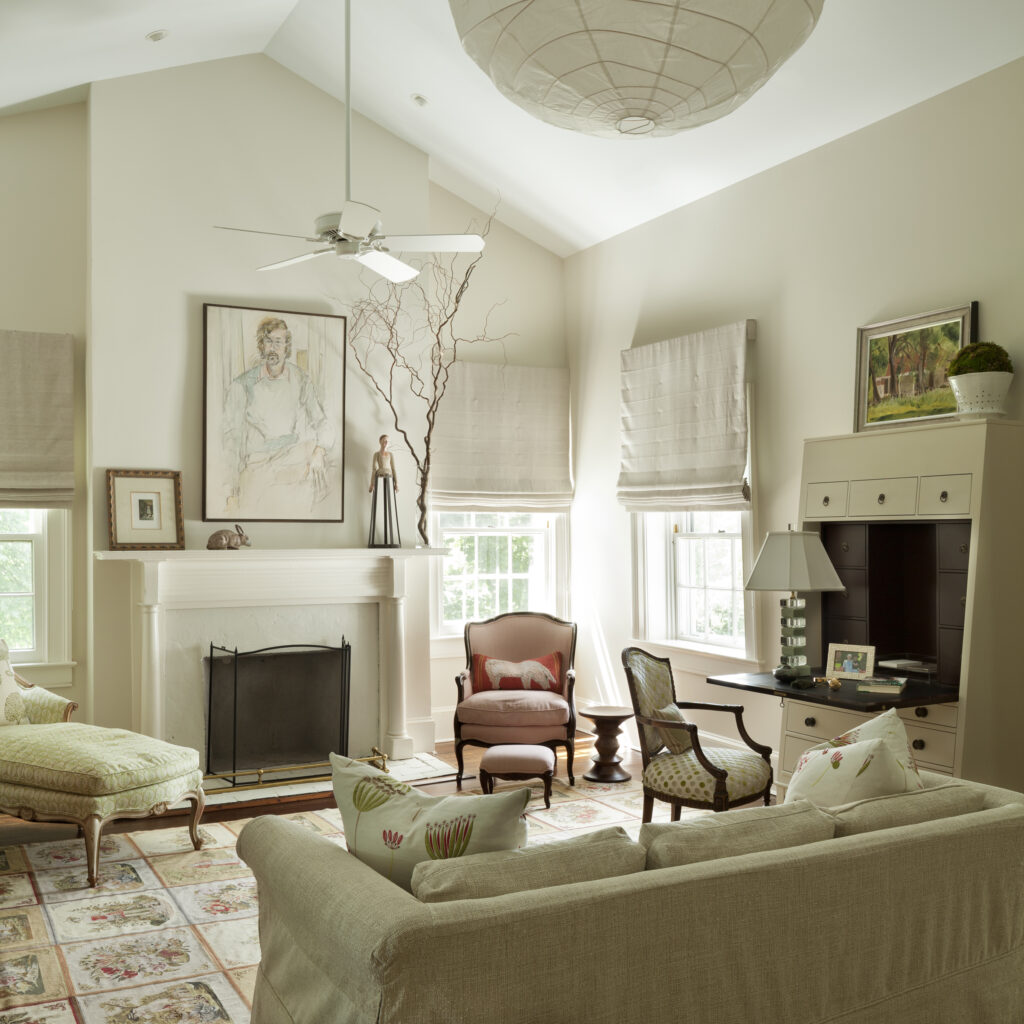
Susan likes the juxtaposition of old and new. “I love classic modern,” she says, having learned about this look and its elements while working in commercial interior design.
She finished Grafton with classic modern furniture, antiques and art, creating that interesting juxtaposition, and she’s used this same sense of style in homes all over the Southeast from Mississippi to Florida, Tennessee, Arkansas, Louisiana, and North Carolina, as well as D.C. and Virginia. More and more people are requesting this combination of antique and modern, but she’s also designed minimalistic homes in Mississippi’s Gulf Coast and recently finished a very modern home.
Grafton includes a blend of Federal and Greek Revival architecture. Federal style was popular in the newly founded United States between 1780 to 1830. Greek Revival was evident during the 1830s through the 1860s, inspired by classical Greek-columned temples. Susan actually found four columns stored in the barn at Grafton.
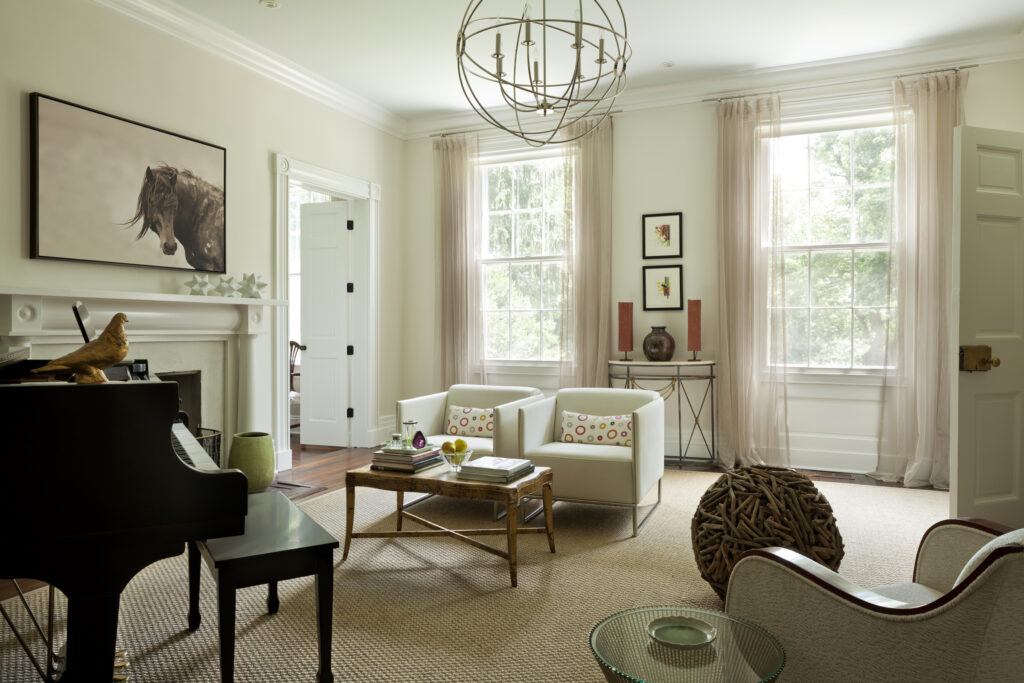
“We believe the columns were on the porch on the south side of the house, which was likely the front since steps from the road lead to an iron garden gate with stone entrance pillars and fencing fronting the road,” she says.
Susan had new exterior columns installed. She believes that the front of the house was added to an existing structure because “we found two clapboard walls, one from one dwelling and one from another,” she says.
She raised ceilings, enlarged small spaces by removing walls and closets, and expanded or added doorways. Six bedrooms and four baths turned into three large bedrooms and five baths, including a luxurious master suite with 14-foot ceilings, his-and-her separate baths, and dressing rooms. A small kitchen with a single window transformed into a wall of windows filled with light, marble, stainless steel and slate.
“The subfloor is still there,” she says. “We didn’t want to rip up the beautiful hard pine floors, so we put a rich, black walnut stain over them. If there were broken windows, we replaced them with old glass. I sent the brass lock off the front door to a famous place in Philadelphia that reworks locks so they function again; they said it was dated 1812.”
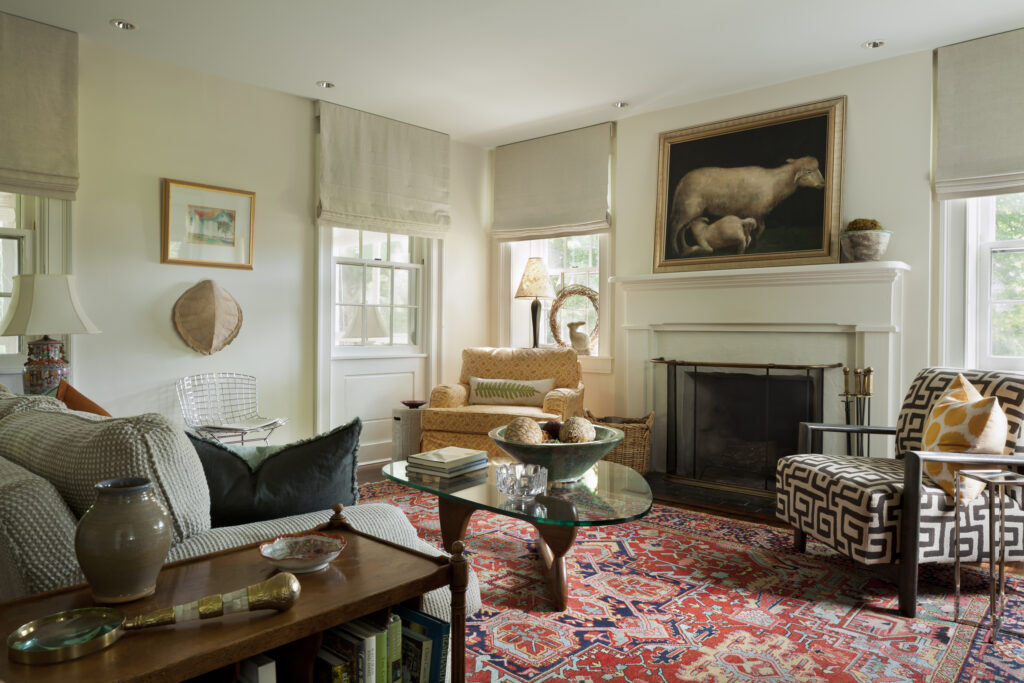
Fauquier native John Ramey gave Susan a book about old homes called “A Pride of Place: Rural Residences of Fauquier County, Virginia” that includes a photo and write up of Grafton, which belonged to his family. The book includes this memory: “Tradition holds that Samuel Bayley, owner of the property during the Civil War, escaped from a Union search party at Grafton by dropping from a second-story window into a huge boxwood bush below.” Boxwoods still surround the house.
Another nod to the past includes an interior door with markings measuring the Ramey children’s heights. No doubt a sentimental family find, Susan knew she couldn’t keep it. “We gave that door to John,” she says.
When it comes to her business, Susan interviews clients to understand what is important to them. “Home is such a personal space. I’m very conscious of what people want; it has to be their personality,” she says.
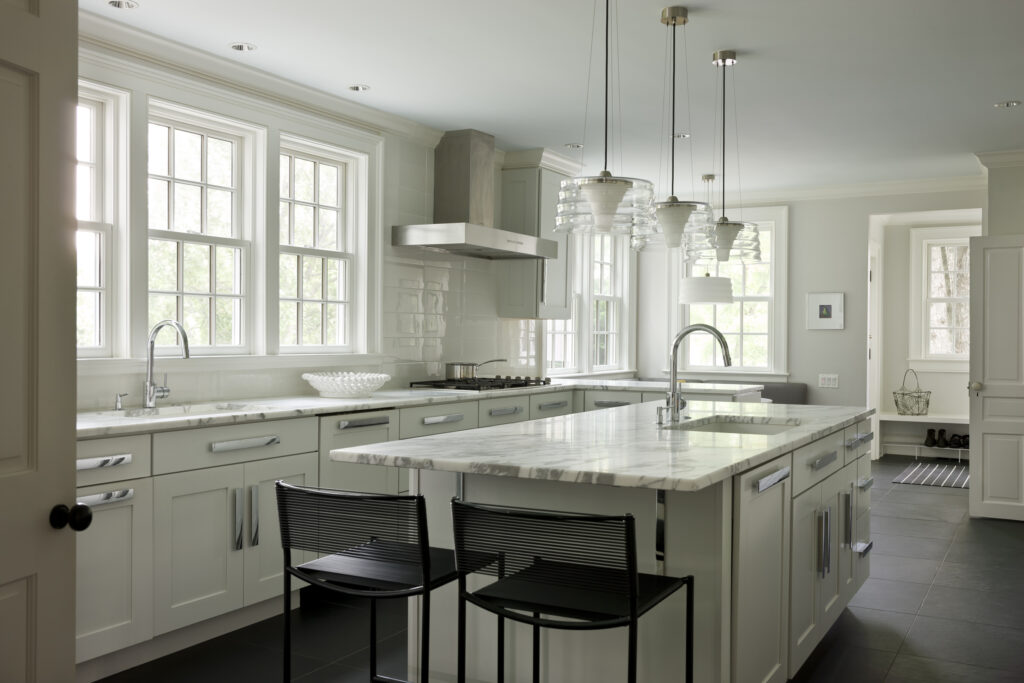
When hiring an interior designer, Susan recommends clients seek someone with years of experience who is knowledgeable in antiques and classic modern pieces and has access to quality furnishings, fabrics, and materials for the client’s budget. While Susan enjoys mixing antique and classic modern furnishings — as she did at Grafton — she also loves designing elegant traditional interiors.
Susan educates people in what works and what doesn’t. “I did six homes for one client — they moved around a lot. People begin to trust you. They turn over the job and say, ‘Just do it. We trust you,’” she says.
Regarding her eye for design, Susan sums it up: “Your designer should have an innate artistic vision, as though each room is a blank canvas where scale, lighting, shades of color, and textures all play a role.”
As the late English interior designer David Nightingale Hicks says, “The best rooms have something to say about the people who live in them.” ML
Visit Noble Design at susannobleinteriordesign.com or call 202-302-1542.
This article first appeared in the June 2021 Issue.








